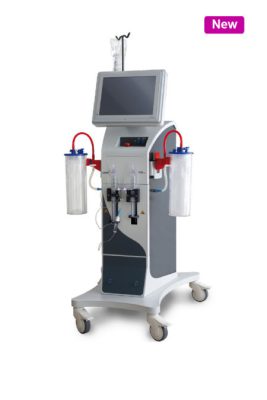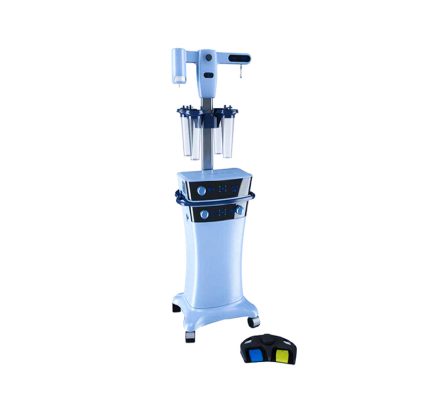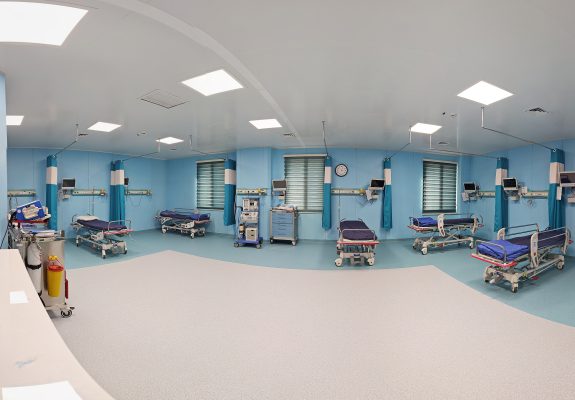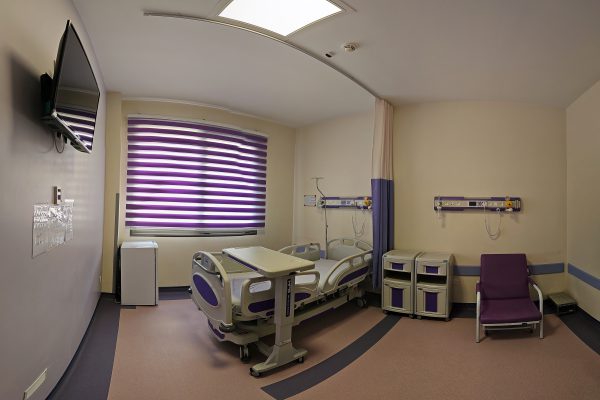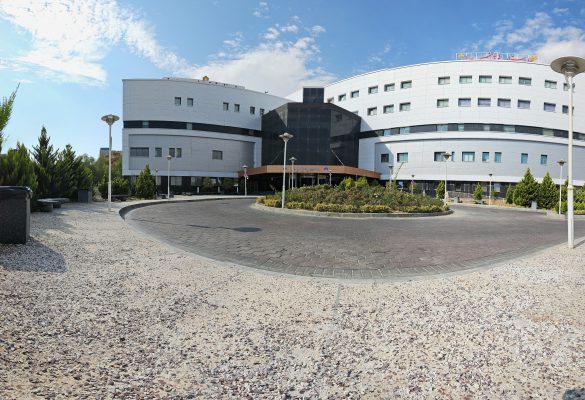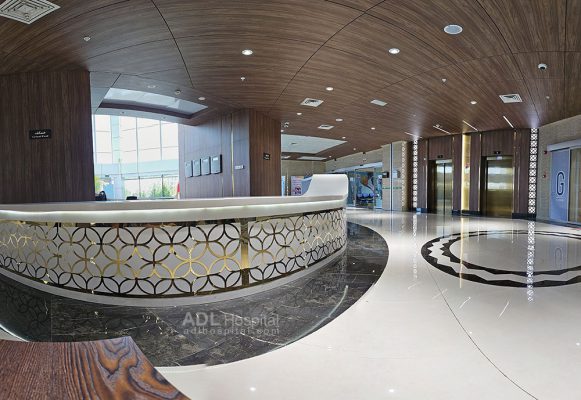Liposuction in Iran
Liposuction in Iran is a type of cosmetic surgery that breaks up and “sucks” fat from the body. It’s typically used on areas such as the abdomen, thighs, buttocks, neck, chin, upper and backs of the arms, calves, and back.
Here’s a general overview of the Liposuction in Iran:
Procedure
1. Consultation: The first step is a consultation with a plastic surgeon to discuss your goals, the options, the risks and benefits, and the costs. The surgeon will also do a physical exam to determine if you’re a good candidate for Liposuction in Iran.
2. Preparation: You’ll need to stop taking certain medications, such as blood thinners and certain painkillers several weeks before surgery. Your surgeon might also ask you to start taking a certain diet or stop smoking.
3. Anesthesia: Before the procedure starts, you’ll be given anesthesia. Depending on the amount of fat to be removed and where it’s located, you might have local anesthesia (you’ll be awake but numbed) or general anesthesia (you’ll be asleep).
4. Incision: The surgeon will make small incisions in the area where fat is to be removed.
5. Fat Removal: A thin tube called a cannula is inserted through the incisions to loosen excess fat, which is then suctioned out of the body using a surgical vacuum or a syringe.
6. Closure: Once the fat is removed, the surgeon closes the incisions. Some incisions might be left open to drain excess fluid.
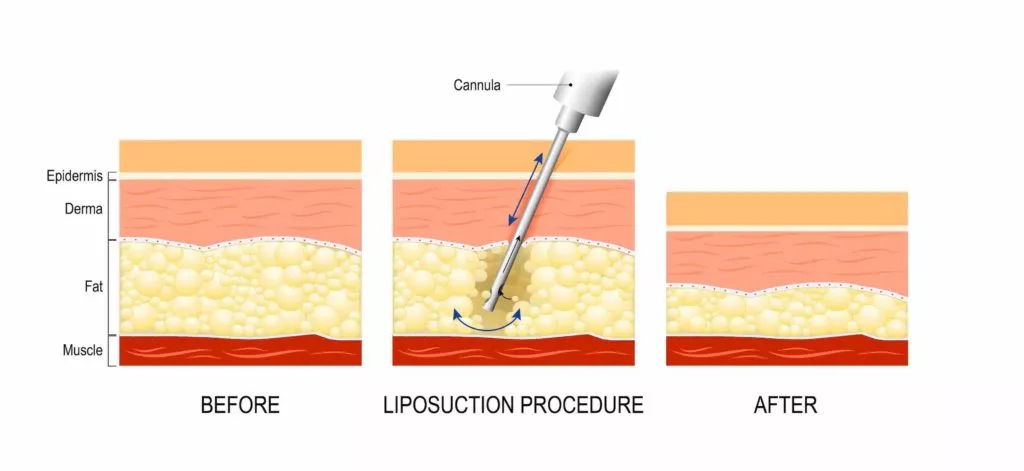
Cost of liposuction in Iran
The cost of liposuction surgery in Iran depends on the following factors
Surgeon’s salary
Surgeons with more experience usually get paid more
The cost of a hospital or surgery clinic
Depending on the equipment and facilities of the hospital, you will have a different cost
Health status of the applicant
If you have an underlying disease, special care may be required and the cost will increase
Liposuction repair surgery
If you have already had liposuction surgery, the surgery may be more difficult and more expensive
Usually 7 days stay is enough for liposuction surgery in Iran
The cost of hotel and accommodation will be added to your expenses
Other costs of liposuction surgery in Iran
- Cost of blood test (about 10 to 15 euros)
- The cost of special dressing after surgery (about 20 to 30 euros)
- The cost of heart consultation (if you are over 40 years old or have a heart problem, you need to consult a cardiologist) The cost of heart consultation is about 35 euros)
- The cost of massage after surgery (usually 2 massage sessions are recommended), the price of each session is 20 euros
The most common surgery is liposuction of the abdomen, back and sides, and the cost of 360 degree liposuction in Iran (including surgeon and hospital fees) is between 1,700 and 2,500 euros.
The cost of 360 degree liposuction in Adl Hospital is 1900 euros
If you want to operate in Tehran Adl Hospital, click the button below and follow the steps
Recovery
Recovery time varies depending on the extent of the liposuction and the individual’s personal health. You may be able to return to work within a few days and to normal activities within about two weeks. Expect to wear a compression garment for 1 to 2 months after surgery to control swelling.
Risks
While liposuction is generally safe, like any surgery, it comes with risks. These may include infection, scarring, numbness, and complications related to anesthesia. There’s also the risk of contour irregularities if too much fat is removed or if the skin doesn’t contract smoothly.
It’s important to discuss all these aspects with your surgeon to make an informed decision. Liposuction is not a treatment for obesity or a substitute for proper diet and exercise. It is also not an effective treatment for cellulite or loose, saggy skin.
How long does the recovery process usually take after Liposuction in Iran?
Recovery from liposuction can vary greatly depending on the individual’s overall health, the extent of the liposuction, and the specific areas treated. Here’s a general timeline for what you might expect:
– Days 1-2:
Immediately following the procedure, you can expect some swelling, bruising, and discomfort. You’ll wear a compression garment to help reduce swelling and support the affected areas. You might also have temporary drains in the incision sites to help remove any excess fluid or blood. Most people take a few days off work to rest and recover.
– Week 1:
After the first week, you might start to feel better and be able to return to light activities. You’ll still need to wear the compression garment and avoid strenuous activities. You might notice that the swelling and bruising start to decrease.
– Weeks 2-3:
By this point, you might be able to return to work and normal daily activities, assuming these don’t involve heavy lifting or intense physical exertion. You’ll still need to avoid strenuous exercise.
– Weeks 4-6:
Most people can start to return to more vigorous activities around a month after liposuction. The swelling and bruising should be significantly reduced by this point, but you might still have some minor swelling.
– 2-3 Months:
By this point, the majority of the swelling should be gone, and you’ll be able to see the final results of your liposuction. However, minor swelling can sometimes last up to six months.
– 6 Months and Beyond:
Any residual swelling should be gone, and you’ll be able to see the full results of your liposuction. Scars should begin to fade but might not completely disappear.
Remember, this is a general timeline and individual experiences can vary. Always follow the specific instructions provided by your surgeon to ensure a safe and effective recovery. Regular follow-up appointments with your surgeon will also be important to monitor your progress and address any concerns.
Why should you get liposuction in Iran
Liposuction in Iran is a cosmetic procedure used to remove unwanted body fat. It involves sucking out small areas of fat that are hard to lose through exercise and a healthy diet. Here are some common reasons why people opt for liposuction:
1. Body Contouring: Liposuction is primarily used as a body contouring procedure, it helps to shape areas of the body that have stubborn fat deposits. This can include the thighs, hips, belly, arms, neck, or virtually any part of the body.
2. Gynecomastia Treatment: In men, liposuction can be used to treat gynecomastia, a condition that causes enlarged breast tissue.
3. Lipodystrophy Syndrome: Liposuction can be used to treat lipodystrophy syndrome, a fat metabolism disturbance that results in excessive fat in some parts of the body but not others.
4. Lymphedema Management: In some cases, liposuction can be used to reduce excess lymph fluid that can build up and cause swelling in people with lymphedema.
5. To Boost Self-Esteem: Many people opt for liposuction for aesthetic reasons and to boost their self-esteem. If a person is self-conscious about fat deposits in certain areas of their body, liposuction can help reduce these areas and improve the person’s body image.
It’s important to note that liposuction is not a weight-loss tool. It’s typically used to treat areas of fat that haven’t responded to diet and exercise. The ideal candidates for liposuction are individuals who are at a healthy weight but want to improve the contour of their body.
As with any surgical procedure, liposuction has risks and potential complications. These include infection, scarring, and adverse reactions to anesthesia. It’s important to have a thorough discussion with a qualified plastic surgeon before deciding to undergo Liposuction in Iran.
Liposuction treatment areas
Liposuction can be performed on many parts of the body where stubborn fat deposits tend to gather. This procedure is often used on the following areas:
1. Abdomen and Waist: These are common areas for liposuction due to the tendency to accumulate fat around the belly and waistline.
2. Hips and Buttocks: Liposuction can be used to contour these areas and reduce excess fat.
3. Thighs: Both the inner and outer thighs can be treated with liposuction.
4. Arms: Upper arm fat can also be addressed with liposuction.
5. Back: Liposuction can remove fat from the upper, mid, or lower back areas.
6. Chest: Men with gynecomastia (enlarged breast tissue) often undergo liposuction to reduce the size of their breasts.
7. Chin and Neck: Excess fat under the chin and around the neck can be removed with liposuction to create a more defined jawline
8. Calves and Ankles: Although less common, liposuction can be used to slim down and contour the calves and ankles.
9. Knees: Liposuction can help to reduce fat around the knee area.
Remember, liposuction is not a weight-loss method but a body contouring procedure designed to remove stubborn fat that does not respond to diet and exercise. The procedure’s success and safety heavily depend on the skill and experience of the surgeon, as well as the patient’s overall health and realistic expectations about the outcome. Always consult with a qualified plastic surgeon to discuss your options and potential risks.

types of liposuction machines
Liposuction, a commonly performed cosmetic procedure, involves the removal of fat from specific areas of the body to improve body contours. Over time, various technologies and machines have been developed to facilitate the liposuction process. Here are some of the main types:
1. Tumescent Liposuction:
While not a machine, it’s important to mention this technique as it is the traditional method of liposuction, and is often used in conjunction with other technologies. In this method, a large volume of diluted local anesthetic and an epinephrine solution is injected into the fatty tissue before fat removal. This causes the area to become firm or ‘tumescent’ which allows for easier fat removal and reduces blood loss.
2. Suction-Assisted Liposuction (SAL):
This is the standard method of liposuction. In SAL, a small cannula (a thin tube) is inserted into the body through a small incision. The cannula is attached to a vacuum device, and the surgeon uses it to manually break up the fat tissue and suction it out.
3. Power-Assisted Liposuction (PAL):
This method uses a medical device that rapidly vibrates the liposuction cannula, which helps break up the fat tissue, allowing for quicker, less labor-intensive fat removal. It’s often used in areas with denser fat or in secondary liposuction procedures.
4. Ultrasound-Assisted Liposuction (UAL) or Vaser Liposuction:
UAL uses ultrasound energy to liquefy fat before it is suctioned out. A special cannula that emits ultrasound waves is used to break down and melt the fat, making it easier to remove. This technique may be helpful when removing larger volumes of fat or dealing with fibrous areas like the upper back or male breast tissue.
5. Laser-Assisted Liposuction (LAL) or SmartLipo:
In LAL, a cannula containing a laser fiber is inserted into the targeted fat deposit. The laser generates heat to liquefy the fat cells, making them easier to remove. The heat also stimulates collagen production, which can help tighten the skin in the treated area.
6. Water-Assisted Liposuction (WAL):
This method uses a pressurized stream of saline solution to dislodge and remove fat. The water jet is less forceful than the manual movements used in traditional liposuction, potentially reducing tissue damage.
Each of these liposuction machines and techniques has its own advantages, potential risks, and suitability for specific situations. The choice of machine or technique depends on many factors, including the surgeon’s experience and preference, the patient’s body type, the amount and location of fat to be removed, and the patient’s overall health status. You should discuss these options with your surgeon to understand which method is most suitable for you.
Which people can’t Liposuction in Iran
While liposuction can be a useful procedure for many people, it’s not suitable for everyone. Certain factors can make a person a poor candidate for liposuction. These include:
1. Obesity: Liposuction is not a treatment for obesity. It’s best suited for individuals who are near their ideal weight but have stubborn pockets of fat that don’t respond to diet and exercise.
2. Poor Skin Elasticity: Liposuction works best on individuals who have good skin elasticity. If the skin is loose or sagging, liposuction may worsen these conditions.
3. Certain Health Conditions: People with certain medical conditions may not be good candidates for liposuction. These conditions include heart disease, blood clotting disorders, and diabetes. In addition, people with a weakened immune system or those who are currently taking medications that could interfere with their recovery may not be suitable candidates.
4. Non-Smokers: People who smoke are at a higher risk of complications from any surgery, including liposuction. Most surgeons will require patients to quit smoking for a certain period before and after the procedure.
5. Unrealistic Expectations: Liposuction can improve the contour of your body, but it’s not a magic solution. Individuals who expect liposuction to make them look perfect or solve personal problems are not good candidates for the procedure.
6. Pregnancy and Nursing: Pregnant or nursing women should not undergo liposuction. You should wait until several months after childbirth or breastfeeding before considering the procedure.
Every individual is unique, and what works for one person may not work for another. If you’re considering liposuction, it’s important to discuss your health history and expectations with a qualified plastic surgeon. They can help you understand the potential risks and benefits and determine whether liposuction is a good fit for you.
Suitable bmi for liposuction
Body Mass Index (BMI) is a measure often used by healthcare professionals to determine whether someone is within a healthy weight range. It’s calculated by dividing an individual’s weight in kilograms by their height in meters squared.
While there’s no definitive BMI cutoff for Liposuction in Iran, most plastic surgeons recommend that candidates for liposuction have a BMI of less than 30. In general, the best candidates for liposuction are:
– At or near their ideal body weight (typically a BMI between 18.5 and 24.9)
– In good overall health
– Have good skin elasticity
– Have realistic expectations about what the procedure can achieve
Liposuction in Iran is not a weight loss procedure; it’s a body contouring procedure designed to remove stubborn pockets of fat that don’t respond to diet and exercise. Individuals with a BMI over 30 are often considered obese and may have a higher risk of complications from Liposuction in Iran.
If you’re considering liposuction and have a BMI over 30, it’s important to discuss this with your surgeon. They can evaluate your overall health and determine whether liposuction is a safe and effective option for you. They may also recommend other treatments or lifestyle changes that could be more beneficial to your overall health.
Remember, BMI is just one of many factors that doctors use to assess overall health. It doesn’t account for muscle mass, bone density, overall body composition, and racial and sex differences. Therefore, it’s important to discuss your overall health and goals with your surgeon in addition to your BMI.




